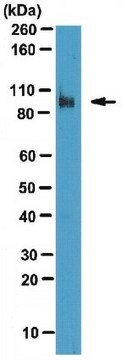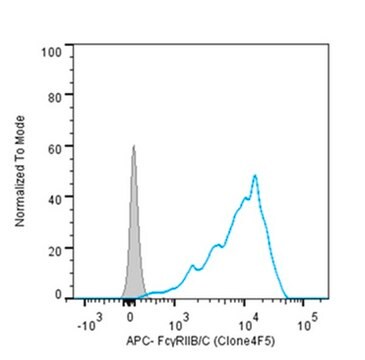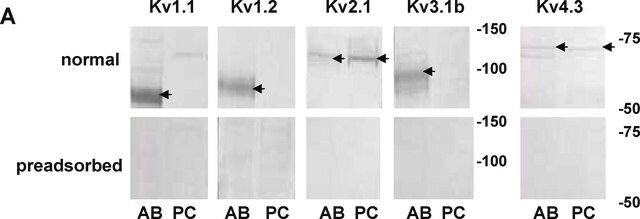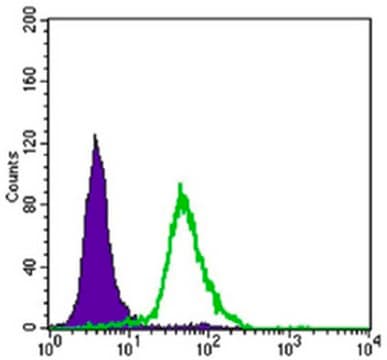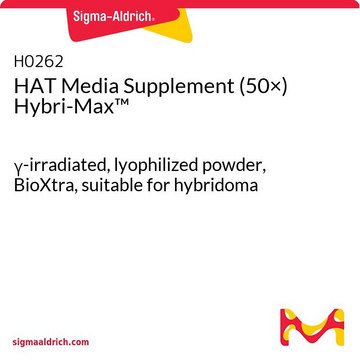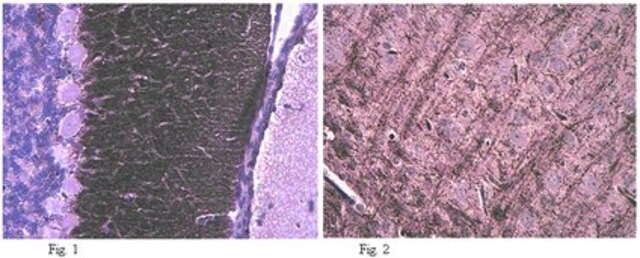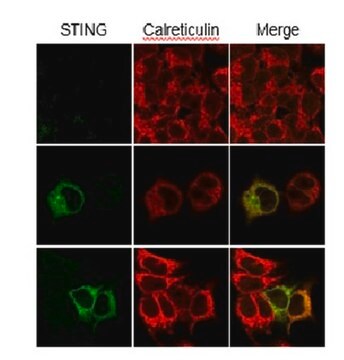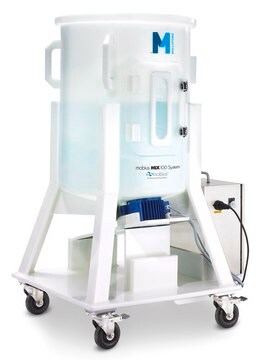S1701
Anti-SDCBP antibody produced in rabbit
~1.0 mg/mL, affinity isolated antibody, buffered aqueous solution
Sinónimos:
Anti-MDA-9, Anti-Melanoma differentiation associated protein-9, Anti-Pro-TGF-alpha cytoplasmic domain-interacting protein 18, Anti-Scaffold protein Pbp1, Anti-ST1, Anti-SYCL, Anti-Syndecan binding protein (syntenin), Anti-Syntenin, Anti-TACIP18
About This Item
Productos recomendados
biological source
rabbit
Quality Level
conjugate
unconjugated
antibody form
affinity isolated antibody
antibody product type
primary antibodies
form
buffered aqueous solution
mol wt
antigen ~30 kDa
species reactivity
mouse, human, rat
concentration
~1.0 mg/mL
technique(s)
immunoprecipitation (IP): 10-20 μg using lysates of human HeLa cells
indirect immunofluorescence: 2-5 μg/mL using human HeLa cells
western blot: 2-4 μg/mL using whole extract of human HEK-293T cells, rat NRK cells, or mouse Neuro-2a cells
UniProt accession no.
shipped in
dry ice
storage temp.
−20°C
target post-translational modification
unmodified
Gene Information
human ... SDCBP(6386)
Categorías relacionadas
General description
Application
- enzyme linked immuno sorbent assay (ELISA)
- immunoblotting
- immunocytochemistry
Biochem/physiol Actions
Physical form
Disclaimer
¿No encuentra el producto adecuado?
Pruebe nuestro Herramienta de selección de productos.
Storage Class
10 - Combustible liquids
wgk_germany
nwg
flash_point_f
Not applicable
flash_point_c
Not applicable
Elija entre una de las versiones más recientes:
Certificados de análisis (COA)
¿No ve la versión correcta?
Si necesita una versión concreta, puede buscar un certificado específico por el número de lote.
¿Ya tiene este producto?
Encuentre la documentación para los productos que ha comprado recientemente en la Biblioteca de documentos.
Nuestro equipo de científicos tiene experiencia en todas las áreas de investigación: Ciencias de la vida, Ciencia de los materiales, Síntesis química, Cromatografía, Analítica y muchas otras.
Póngase en contacto con el Servicio técnico
